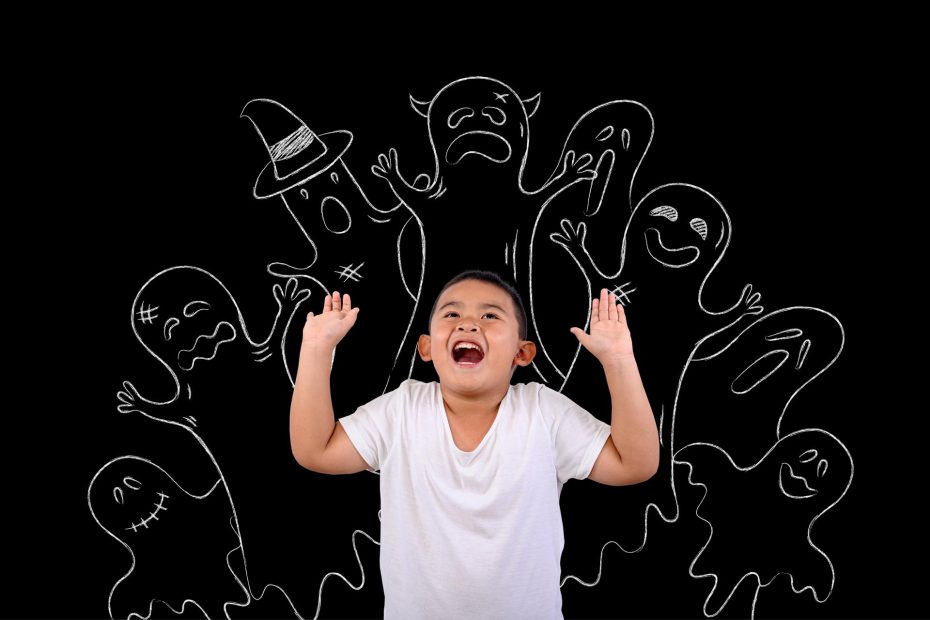We can lay the foundations of family connection by first becoming parents capable of identifying emotions, openly discussing them, and ultimately accepting them. Understanding emotions not only plays a crucial role in maintaining balance within ourselves and our family dynamics but also because children and teenagers who excel in expressing and understanding their own and others’ emotions:
… are more successful in controlling their instinctual reactions,
… navigate social situations more easily,
… bounce back quicker from intense emotions such as disappointment, frustration, or stress,
… remain calmer when dealing with emotions,
… transition more smoothly into independent adulthood.
It is understandable, therefore, that talking about emotions is worthwhile and necessary, but everyone can decide for themselves to what extent they incorporate this into their family’s daily life.
How to start?
When your child is still young, they need help understanding emotions, which primarily begins with recognizing and naming them. This also forms the basis of emotional regulation because if I can’t express what I feel, then I can’t even “discuss” with myself what’s happening. As your child grows, they will increasingly learn to identify their own and others’ emotions, while also learning more strategies for regulating their emotions, which they will gradually be able to apply even without your help.
Even young children under 3 years old can experience intense emotions like anyone else, but they have far fewer tools to express them, name them, and consequently regulate them. However, they already understand language, so as parents, we can teach them words related to emotions and talk to them about emotions. The simplest way to do this is to seize moments when we see recognizable signs of a certain emotion in someone and name it. For example: “You have a big smile on your face. You must be happy.” or “Mom is crying now because she’s sad. She misses grandpa.” You can also use role-playing games or vocabulary-building books on this topic to help explore emotions.
Between the ages of 3 and 8, children continue to develop in recognizing and naming emotions. Of course, you can assist them in “practice” during this age by discussing the emotions of characters in books, TV shows, and movies (“What do you think this character is feeling?”), or by reading books specifically about emotions together. If you find it appropriate, you can explore together what happens to our bodies when we are happy, sad, upset, or any other emotion. You can explain how you recognize these feelings based on the signals from your body, helping them recognize their own. For example, a faster pulse or excitement when you’re happy, or a “butterfly belly” when you’re excited. Role-playing games can also be helpful at this age because you can detach from reality and delve into a fairy-tale world where topics that don’t come up in everyday life can emerge.
From the age of 3, you can introduce simpler emotion regulation methods, such as clapping when excited, asking for a hug when sad, or punching a pillow when angry.
Just as adults sometimes need help understanding and regulating their emotions, teenagers and adolescents often need more help understanding and regulating their emotions, even though they have all the tools at their disposal. Additionally, the teenage brain is still developing and forming, so they may not always have access to these regulatory tools, and emotions can sometimes run wild. The more feedback they receive about their behavior, and the more you talk about emotions, the easier it will be for them to navigate these situations and the stronger your bond will be with them.
We’ve gathered some ideas to help support your child over 8 years old in understanding and regulating emotions:
- Intervene when you see emotions running high.
- Help your child notice the early physical signs (e.g., increased heart rate) and behavioral signs (e.g., louder speech) of strong emotions.
- Create a list together of what they could do when they notice strong emotions arising in themselves. For example: focus on a positive experience, go for a walk to distract themselves, etc.
From a practical standpoint, emotion regulation and the ability to connect appropriately are based on two fundamental skills. Firstly, we need empathy, which allows us to understand the situation and feelings of others. Secondly, we need the ability to express our feelings in a way that is acceptable and understandable to others. These are essential components of emotion control and the ability to connect with others.


